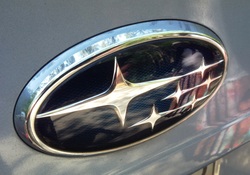 - Image © Brian E. Faulkner -
- Image © Brian E. Faulkner - Do you own a Subaru?
If so, you probably love it – because a Subaru is versatile, safe, lasts a long time, is great to haul pets around in, performs well, makes a statement about larger community issues and drives you to adventure.
People write love letters to Subaru:
Dear Subaru,
This morning was cool and although it had not rained, the road was damp from morning dew. I was driving in the left lane of a two lane highway. I came over a crest in the road to find three cars stopped in the right lane …
My Subie never skidded uncontrollably. It never failed me. I cleared the entire accident scene completely unscathed. I love my Legacy today, not for helping survive an accident but for completely saving me from having one. Thank you Subaru, you've earned my respect, my gratitude and my loyalty.
Subaru buyers are relatively young, well-educated and have higher incomes than the average car buyer. And they are thrifty; according to a 2011 study, 36% of Subaru customers pay cash. They support causes, too; check out the first Subaru you come to in a Whole Foods or Trader Joe’s parking lot. Its bumpers likely will be festooned with stickers heralding all kinds of political and environmental values.
Last year, my 30-something daughter and son-in-law, who live in the Pacific Northwest, one of Subaru’s strongest markets, bought a slate gray Subaru Forester. Their family of three fit the car’s profile to a T, and as you might suspect, they did not choose their Subaru on a whim. They knew what they wanted and went for it, after riding for years in a blue ’78 Volvo 240 wagon (that my daughter now uses to transport her landscaping tools).
I think people “tune-in” to Subaru, and when they buy one, it seems to be an experience-based decision – plus a dash of emotion.
“The brand has a razor-sharp understanding of its owners,” writes MediaPost automotive reporter Karl Greenberg in an article profiling a Subaru TV spot that ran last September. You may recall the ad: a hippie grandmother tries to explain her long-ago “Summer of Love” to a young granddaughter, both of them riding in the back of the family Outback while Mom and Dad look on quizzically in the rear view mirror. In a single creative sweep, Subaru stretches their appeal over two-plus generations while airing a spot people enjoy – and remember. The entire family ends up hugging a tree.
Subaru is strong on story. No matter where you go on their Web site, you’re never far from one:
Dear Subaru,
This is the story of my wonderful parents. After 65 years of working his whole life, my father and my ‘stay at home’ mom embarked upon a cross-country adventure with their dog Buck, a Subaru Outback and a small teardrop trailer … following their dream to travel the country. After a lot of planning they set off from the Florida Panhandle all the way to Washington State and back. I cannot help but think they are using their Outback for the EXACT purpose it was made. They are wonderful people and deserve to enjoy life …”
“What makes a Subaru a Subaru?” the company asks. The answer, of course, is … LOVE.
TakeAway: Sell the experience, sell the enjoyment. Sell the pleasure of using your product. Then the customers you want most will want you, too.
Content © Brian E. Faulkner
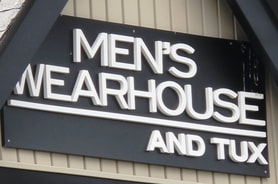
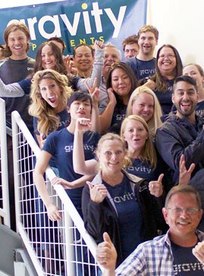
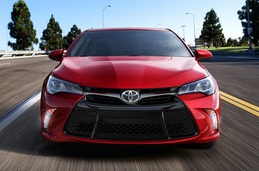
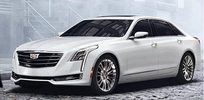
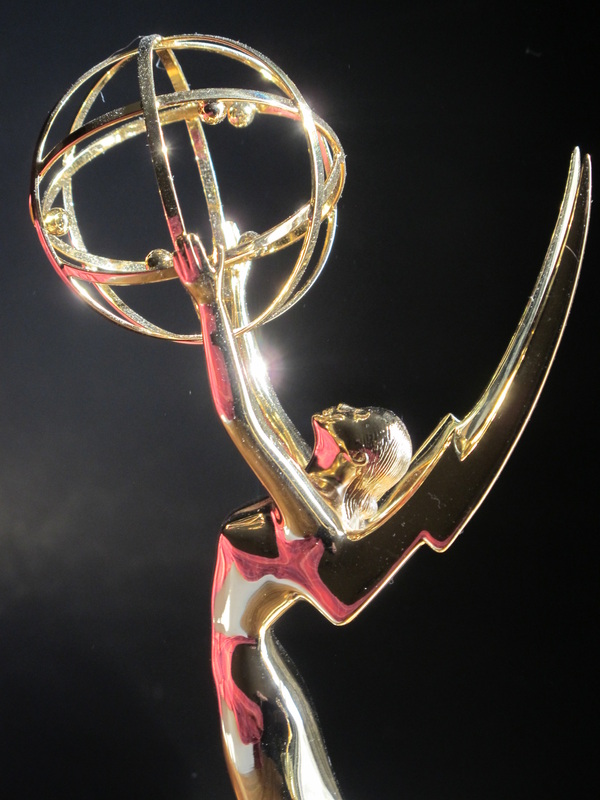
 RSS Feed
RSS Feed